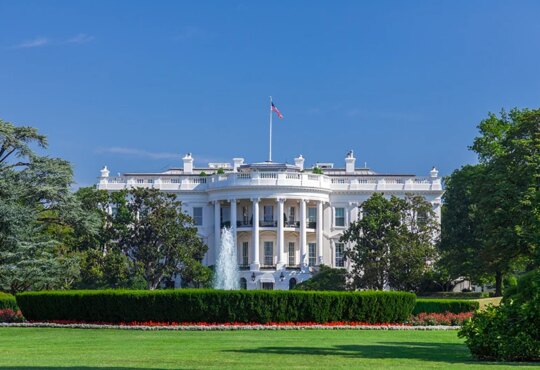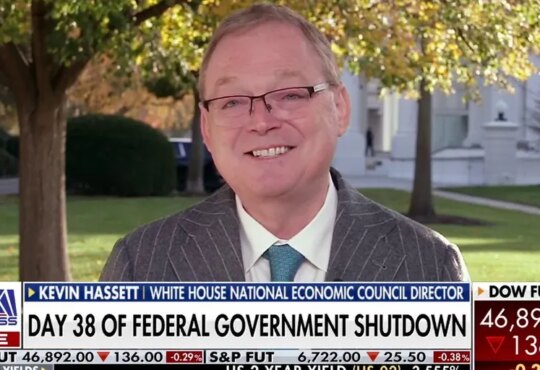
The U.S. housing market is cooling, and house prices are falling in an increasing number of metro areas in what economists have pointed to as another potential risk for the sector and the wider economy.
According to Zillow’s Home Value Index – a monthly gauge of house prices and housing market trends – national home prices rose 0.2 percent year-over-year in June, a marked deceleration from the 3.2 percent increase seen in the previous 12 months.
However, a growing number of metro areas are seeing house prices fall. Analysis by ResiClub of the Zillow report found that 110 of the nation’s 300 largest housing markets (36 percent) have seen home prices fall since June of last year. This compares to a year-over-year count of only 31 in January.
Why It Matters
While falling house prices will improve affordability and potentially allow more renters to enter the market, it comes with a significant loss for existing owners, given that for many Americans, a home is their largest financial asset. Should prices continue to trend downward, homeowners may also delay selling to avoid incurring a loss on their property, leading to reduced inventory and a stalled housing market.
As well as the direct effects, a cooling housing market can also signal deeper problems and, as certain economists have recently warned, serves as a potential precursor to a wider economic downturn.

What To Know
According to ResiClub’s analysis of the Zillow reports, the number of markets in the nation’s 300 largest now seeing prices fall has risen from 31 in January, to 80 in March, to 110 in the latest reading for June.
Major declines have been recorded in Austin, Texas (down 5.8 percent year over year), as well as Tampa and Miami, Florida, down 5.7 percent and 3.8 percent, respectively. The research outlet noted that prices continue to rise – albeit more modestly – in areas where inventory remains low, particularly in the Northeast and Midwest.
The findings echo recent research by mortgage data and technology firm ICE. Their research found that annual home price growth slowed to 1.3 percent in June from 1.3 percent in May, with 30 percent of the largest markets seeing prices drop by at least one percent from recent peaks. Andy Walden, vice president of research and analysis at ICE, told CNBC that this was in part due to increasing inventory levels, which had increased affordability but made many reluctant to list their properties.
Housing inventory has risen sharply in 2025, according to Realtor.com, with the number of active listings growing from 829,000 at the start of the year to nearly 1.1 million in June. This follows a sharp drop during the COVID Pandemic, which pushed listings to 347,000 in February 2022, the lowest level since Realtor.com began its monthly tallies.
The prospect of a further slump in prices last week prompted Mark Zandi, chief economist at Moody’s Analytics, to issue a “red flare” warning for the U.S. housing market. Zandi blamed this largely on persistently elevated mortgage rates and warned that these could further impact prices, as well as home construction and sales.
“Housing will thus soon be a full-blown headwind to broader economic growth,” he wrote on X, “adding to the growing list of reasons to be worried about the economy’s prospects later this year and early next.”
What People Are Saying
Andy Walden, head of mortgage and housing market research at mortgage technology firm Intercontinental Exchange, told CNBC: “There are two competing forces in the housing market right now. Increasing inventory levels are helping to make homes more affordable, but prices are falling in an increasing number of markets and homes are taking longer to sell, which could make homeowners reluctant to list.”
Moody’s Chief Economist Mark Zandi wrote on X: “House price growth had held up well. But this, too, is changing, as prices have gone sideways and are set to fall. 7% [mortgage rate] is hammering demand, and there are more listings. Given their demographic and job situations, locked-in homeowners must move. They can only work around these needs for so long.”
What Happens Next?
In a speech by Adriana D. Kugler last week, the Federal Reserve governor said that the future of the housing market depends “materially” on the nation’s currently unclear economic outlook.






